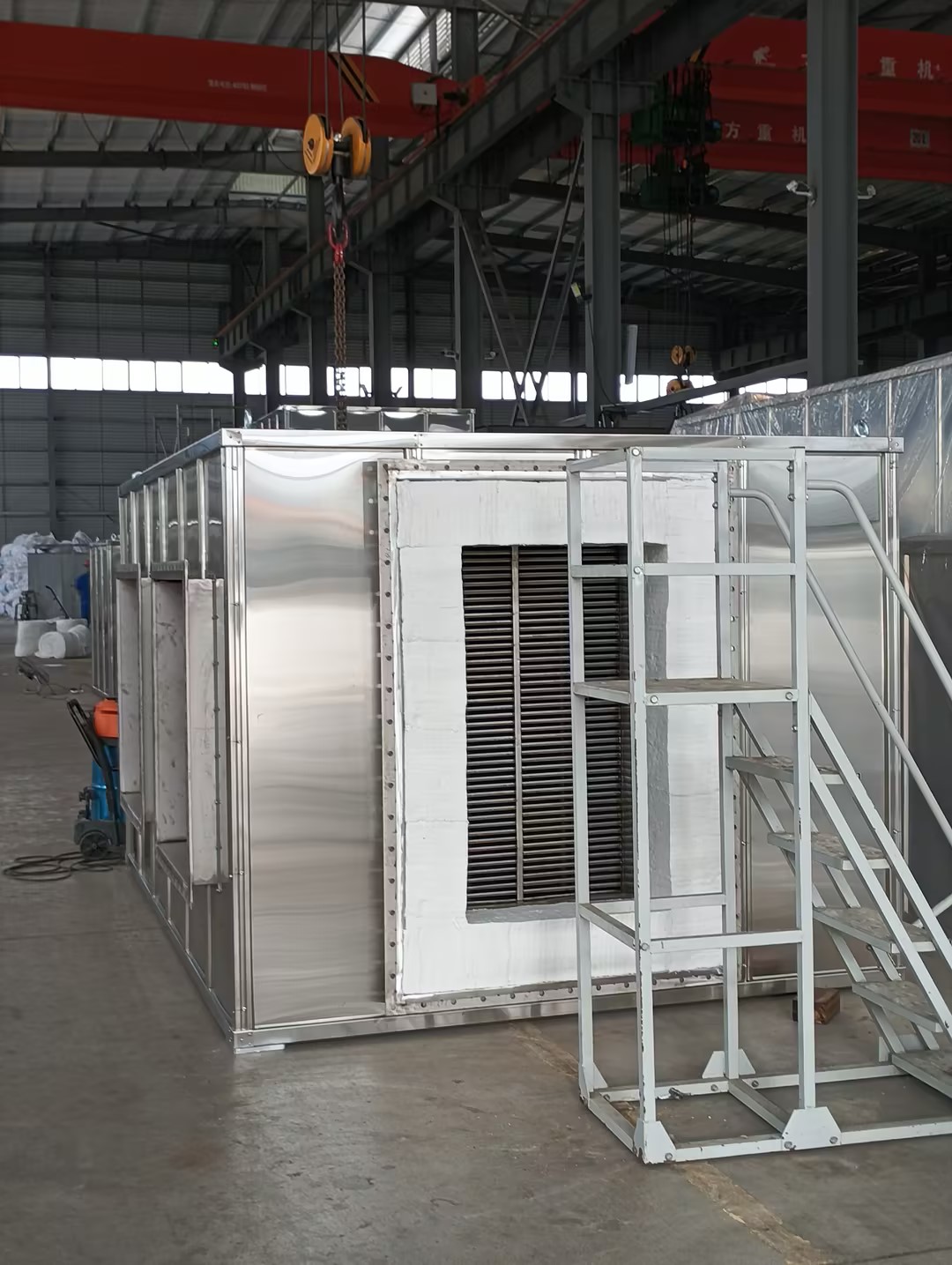
High-temperature heat recovery systems are becoming indispensable for industries seeking to improve energy efficiency and sustainability. In an era of rising energy costs and stricter environmental regulations, industries are increasingly looking for technologies that can recover waste heat from their processes and redirect it for productive use. The heat exchanger energy savings potential offered by these systems makes them a crucial tool for reducing operational costs and enhancing overall performance.
Understanding High-Temperature Heat Recovery Systems
High-temperature heat recovery systems capture heat that would otherwise be wasted in industrial processes, such as exhaust gases, hot fluids, or steam. This recovered heat is then transferred to other areas of the facility to support operations like preheating, steam generation, or air heating. By reducing the need for additional fuel consumption, these systems help industries save energy while maintaining optimal production levels.
At the core of these systems are heat exchangers, which are responsible for transferring heat efficiently between fluids or gases. Different types of heat exchangers—including plate, tubular, and specialty high-temperature designs—allow industries to tailor systems to specific process requirements. The selection of the right exchanger and system configuration directly affects the heat exchanger energy savings potential, making professional design and engineering critical.
Key Benefits for Industry
Energy Efficiency and Cost Reduction: One of the primary benefits of implementing high-temperature heat recovery systems is the reduction in fuel consumption. Reusing waste heat decreases the reliance on primary energy sources, leading to significant cost savings.
Environmental Sustainability: By capturing and reusing heat that would otherwise be lost, industries can lower greenhouse gas emissions, contributing to environmental compliance and sustainability goals. High-temperature heat recovery systems are a practical step toward reducing carbon footprints without compromising production efficiency.
Process Flexibility: Modern systems can handle a wide range of temperatures and industrial processes. From high-temperature furnaces in metal production to boilers and chemical reactors, these systems can be customized to suit specific operational needs.
Improved Equipment Longevity: Properly designed heat recovery systems reduce thermal stress on industrial equipment and maintain stable operating temperatures, which extends the life of machinery and reduces maintenance requirements.
Components of Effective Heat Recovery Systems
A well-designed high-temperature heat recovery system typically includes several key components. Heat exchangers serve as the core units, efficiently transferring heat between process streams. In addition, indirect heating systems can deliver clean hot air or steam without contaminating the process, while catalytic units integrated with heat exchangers help treat industrial waste gases in an environmentally friendly manner. Advanced control systems monitor temperatures, flow rates, and energy recovery performance, ensuring optimal efficiency.
By combining these components, industries can implement solutions that are both efficient and reliable. Customization is important: each facility has unique temperature ranges, fluid types, and energy demands, which means systems must be tailored to maximize the heat exchanger energy savings potential.
Applications Across Industries
Metallurgy and Foundries: High-temperature heat recovery systems are widely used in metal processing plants, where furnace exhaust gases contain significant thermal energy. Capturing this heat can preheat incoming air or materials, reducing fuel consumption and increasing furnace efficiency.
Chemical and Petrochemical Plants: Many chemical processes generate excess heat that can be recovered and reused for preheating feedstock or generating steam. The use of high-temperature heat recovery systems in this sector improves energy utilization and reduces environmental impact.
Power Generation: Industrial power plants can recover heat from flue gases or steam condensates, feeding it back into boilers or turbines. This not only saves fuel but also enhances the overall thermodynamic efficiency of the plant.
Food and Beverage Industry: High-temperature heat recovery is applied in processes such as pasteurization and sterilization, where waste steam or hot water can be reused, lowering energy costs and improving process sustainability.
Trends in Heat Recovery Technology
The field of high-temperature heat recovery systems continues to evolve with innovations aimed at improving efficiency, reducing maintenance, and enabling easier integration. Modular heat exchangers, for example, allow plants to expand or adjust capacity without major retrofits. Automated control systems optimize heat transfer and energy flows, minimizing losses and ensuring consistent performance.
Another trend is the combination of heat recovery with renewable energy or other energy-saving technologies. For example, recovered heat can supplement solar thermal systems or heat pumps, creating a comprehensive approach to energy management that maximizes cost savings and environmental benefits.
Implementation Considerations
When planning a high-temperature heat recovery system, industries should conduct a thorough analysis of energy flows and potential savings. This involves identifying areas where heat is lost, calculating temperature ranges, and determining suitable exchanger types. Working with experienced engineers ensures that systems are designed for efficiency, reliability, and compliance with environmental regulations.
Maintenance is equally important. Regular inspections, cleaning, and monitoring ensure that heat exchangers and associated components operate at peak efficiency, preserving the heat exchanger energy savings potential over time.
Future Outlook
As industries worldwide focus on sustainability and energy efficiency, high-temperature heat recovery systems are poised for wider adoption. Advances in materials, design, and automation will further enhance efficiency, allowing plants to recover higher proportions of waste heat. Integration with smart monitoring and predictive maintenance technologies will also reduce operational risks and extend system life.
The future of industrial energy management will likely see high-temperature heat recovery systems as a standard component, helping industries achieve both economic and environmental goals. By capitalizing on their heat exchanger energy savings potential, companies can reduce costs, improve efficiency, and maintain competitiveness in an increasingly energy-conscious market.
Conclusion
High-temperature heat recovery systems represent a practical, sustainable, and cost-effective approach to industrial energy management. They enable industries to harness waste heat, reduce fuel consumption, lower emissions, and improve operational efficiency. With ongoing technological advancements and the growing emphasis on environmental responsibility, these systems are set to play a pivotal role in the future of energy-efficient industry. Investing in high-temperature heat recovery is not only an operational decision but a strategic move toward long-term sustainability and industrial resilience.






